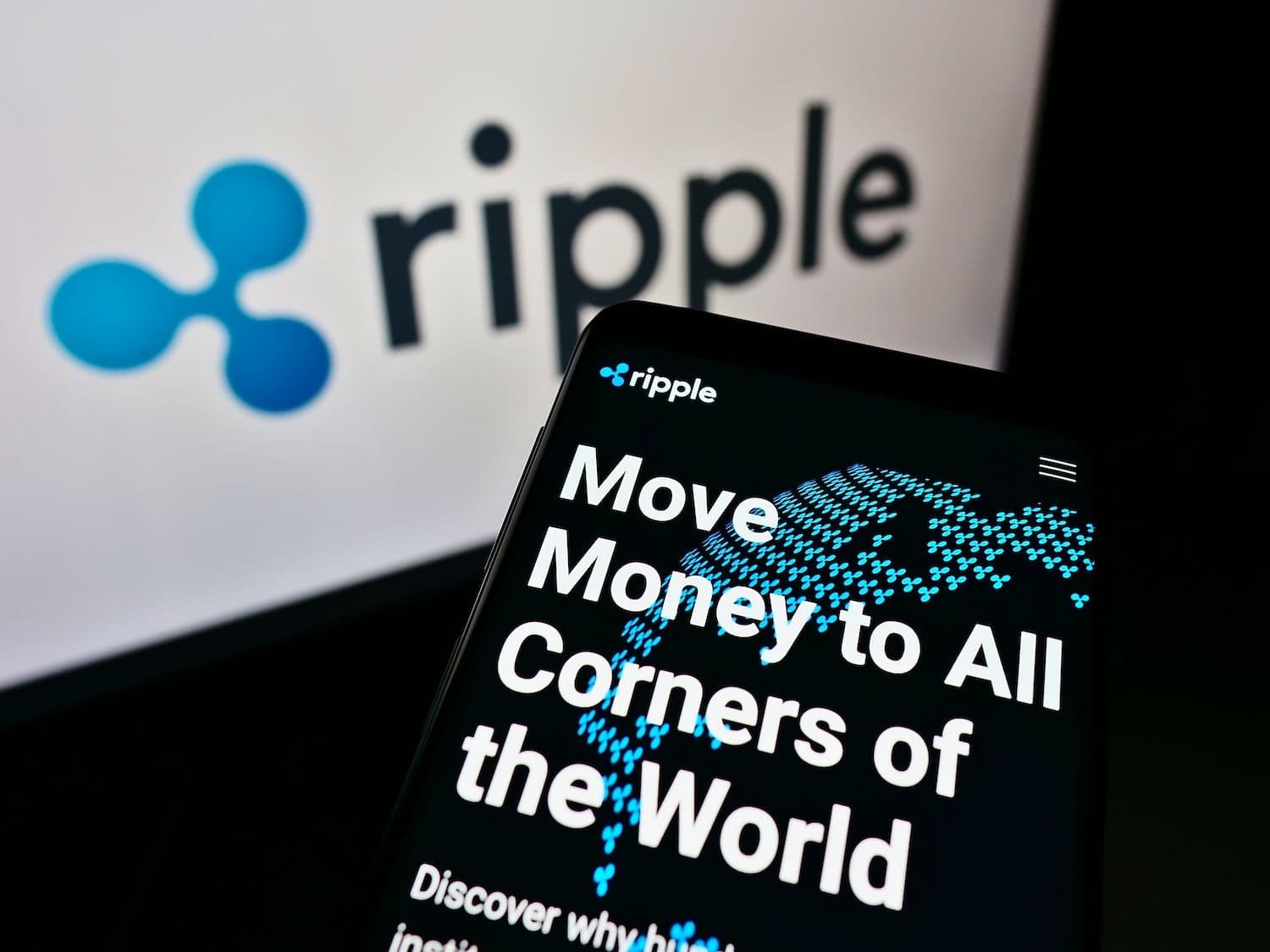Cryptocurrency company Ripple has made a strategic investment in Singapore-based payment processor Tazapay, marking a significant step in the firm's long-term strategy to establish an alternative to the Society for Worldwide Interbank Financial Telecommunication (SWIFT) network. The move positions Ripple to compete in the global payments infrastructure market through regulated channels rather than direct confrontation with existing banking systems.
What to Know:
- Ripple invested in Tazapay, a licensed payment processor handling over $10 billion in annual volume across 70 markets with 300% year-over-year growth
- The partnership gives Ripple access to regulated banking corridors and local fiat systems that traditional crypto projects cannot reach
- Circle, the issuer of USDC stablecoin, also participated in the investment round, creating a dual-strategy approach combining stablecoin rails with XRP liquidity
Strategic Investment Targets Regulatory Compliance
Tazapay operates as a fully licensed and regulated payment processor, addressing Ripple's historical challenge of accessing local banking systems. The Singapore-based company processes more than $10 billion in annualized volume while maintaining operations across 70 global markets. Its services encompass local collections and payouts, virtual bank accounts, and fiat-to-stablecoin settlement rails.
Crypto investor Stern Drew, who analyzed the investment in a social media thread, described the move as a "backdoor" strategy that positions Ripple directly within international trade infrastructure. Drew noted that Tazapay's regulatory compliance gives Ripple legitimacy without requiring prolonged battles with authorities in each jurisdiction.
The partnership addresses a fundamental obstacle that has limited Ripple's expansion. While moving liquidity across borders presents minimal technical challenges, converting funds into local payouts in emerging markets like Jakarta, Lagos, or Mumbai has proven difficult for crypto companies lacking proper banking relationships.
Building Alternative Payment Rails
Circle's participation in the Tazapay investment round signals a coordinated approach to challenging SWIFT's dominance. The collaboration combines Circle's USDC stablecoin infrastructure with Ripple's XRP liquidity solutions, creating what Drew characterizes as a system designed to bypass SWIFT rather than compete directly.
Eric Jeck, Senior Vice President of Corporate and Business at Ripple, referred to Tazapay as a "clear leader" in compliance-focused payment corridors.
This assessment reflects Ripple's strategy of integrating with existing licensed entities to gain global reach without regulatory confrontation.
Tazapay's 300% year-over-year growth rate demonstrates the market demand for alternative payment solutions. The company's regulatory framework allows it to operate in markets where traditional cryptocurrency projects face restrictions or outright bans.
Geographic Strategy Spans Key Financial Centers
Ripple's global expansion strategy relies on strategic partnerships across major financial regions. Singapore serves as the company's Asia-Pacific hub, while the United Arab Emirates functions as a bridge to Middle Eastern markets. Japan continues to strengthen the established alliance between Ripple and SBI Holdings, and the United States offers potential Wall Street integration opportunities.
These regional footholds create a comprehensive network that positions Ripple and its partners to manage international liquidity flows. The geographic distribution mirrors SWIFT's global reach while offering faster settlement times and lower transaction costs through blockchain technology.
Drew's analysis suggests that Ripple does not need to completely replace SWIFT to succeed. Instead, partnerships with regulated platforms like Tazapay create parallel payment rails that banks can adopt gradually, reducing dependence on traditional correspondent banking relationships.
Understanding Key Financial Technologies
SWIFT operates as a messaging network that enables banks to communicate about cross-border transactions but does not actually move money. The system processes approximately $150 trillion in annual transaction messages, making it the backbone of international finance. However, SWIFT transactions can take several days to settle and involve multiple intermediary banks, increasing costs and complexity.
Blockchain-based alternatives like Ripple's XRP Ledger can settle transactions in seconds rather than days.
Stablecoins such as Circle's USDC maintain stable value by backing each token with equivalent fiat currency reserves, making them suitable for international transfers without the volatility associated with other cryptocurrencies.
RippleNet refers to Ripple's network of financial institutions using the company's technology for cross-border payments. The network allows banks to process transactions using either XRP cryptocurrency or traditional correspondent banking, providing flexibility in adoption.
Final Thoughts
Ripple's investment in Tazapay represents a calculated approach to challenging SWIFT's dominance through regulatory compliance and strategic partnerships rather than direct competition. The collaboration with Circle creates a comprehensive alternative payment infrastructure that could gradually reduce the financial industry's dependence on traditional correspondent banking systems. With Tazapay's $10 billion annual processing volume and 300% growth rate, the partnership provides Ripple with the regulated access to global markets necessary for large-scale adoption.

